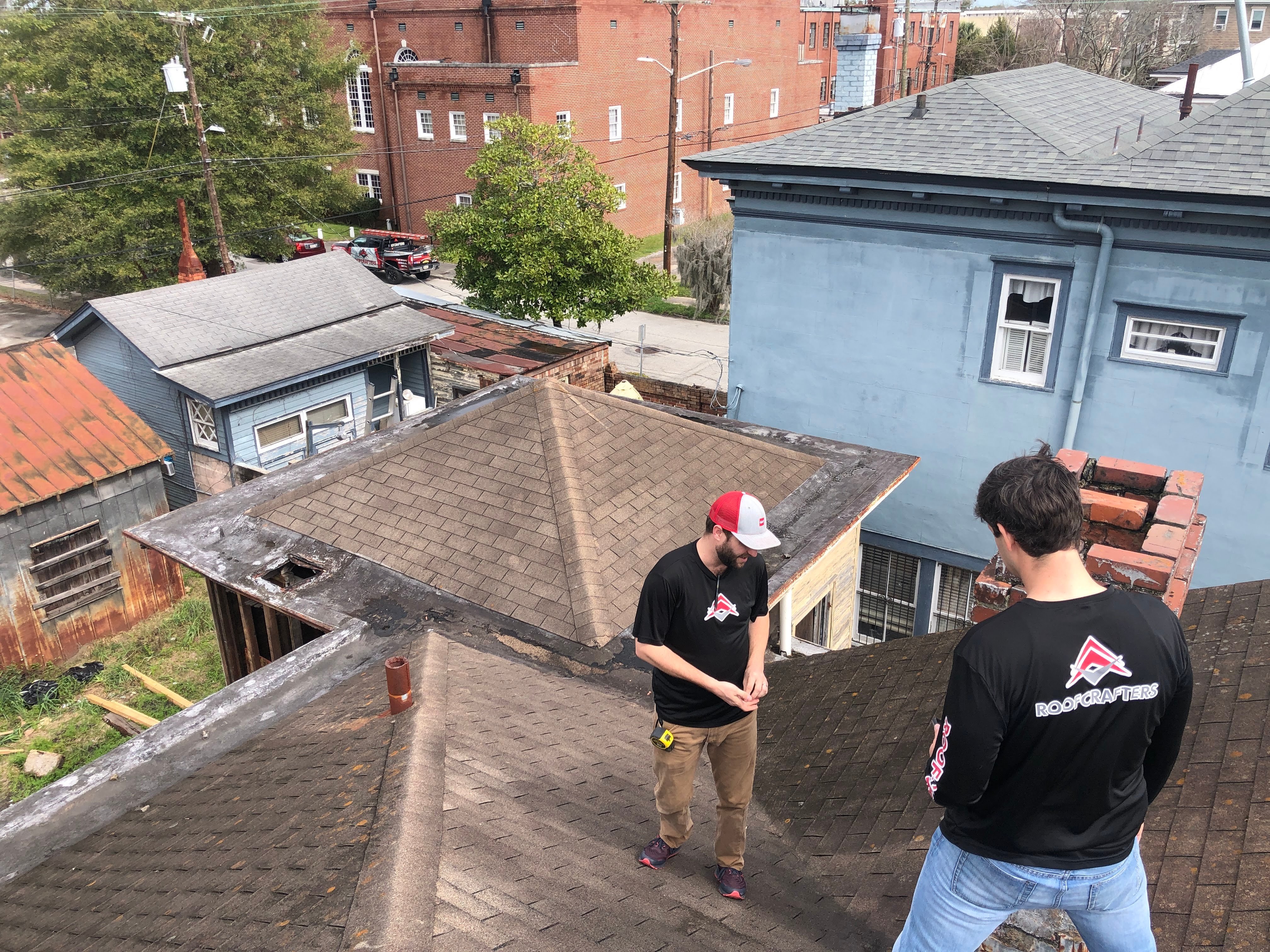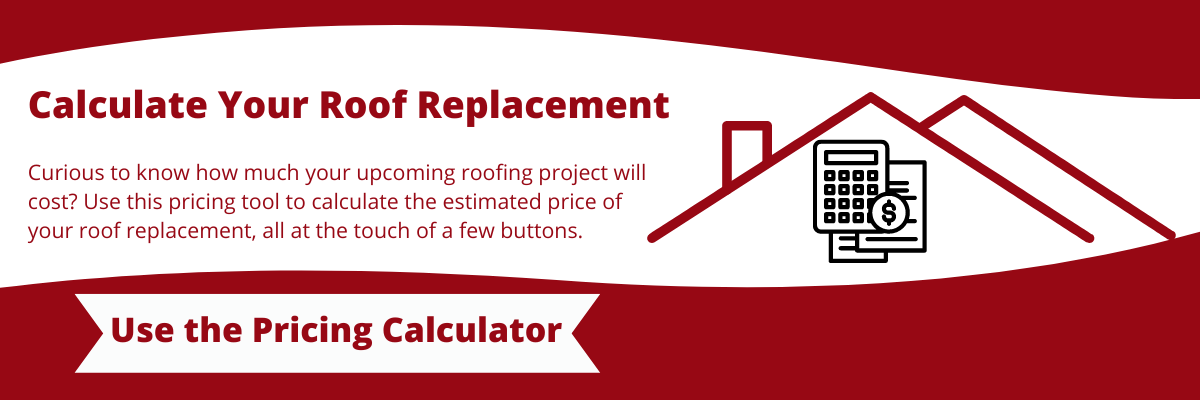Unlocking the Mystery of Square Footage in Roofing
February , 2023 | 5 min. read

Not understanding a contractor's slang or construction terminology can be frustrating.
It’s like hearing a foreign language. Not so good when we're investing thousands of dollars into home improvement projects huh?
We get it.
We see the “deer in the headlights look” all too often here at RoofCrafters. For the last 30 years, we’ve been explaining all the various “roofing slang” to our clients. We want our clients to feel well-informed every step of the way. We do this to help them better understand the entire roofing process. Now we want to do the same for you.
When it comes to roofing, one of the most commonly used terms you'll hear is "square footage."
But what does it mean?
In this article, we're going to break down the concept of square footage and how it's used in the roofing industry, so you can have a better understanding of your own roofing needs.
Let's start by discussing how to calculate square footage.
Calculating Square Footage
Square footage is a measure of the area of a roof. It's calculated by multiplying the length of the roof by its width. This measurement is important in roofing because it's used to determine the number of materials and the amount of labor needed for a job.
Again, square footage is a measurement of the total area of your roof. It's calculated by multiplying the length of the roof by its width. For example, if your roof is 20 feet long and 50 feet wide, the square footage would be 1000 square feet (20 x 50 = 1000).
Understanding the square footage of your roof is critical for several reasons:
- Materials: The square footage of your roof will determine the number of materials needed for the job. When a roofing contractor gives you a quote, they'll typically provide the cost per square, which is the cost of the materials and labor needed to cover one square foot of the roof.
- Labor: The square footage of your roof will also determine the amount of labor needed for the job. A larger roof will take more time and effort to install than a smaller one.
- Quote accuracy: Knowing the square footage of your roof will help ensure that the quote you receive from a contractor is accurate. If a contractor doesn't take the time to measure the square footage of your roof, the quote they provide may not be accurate. Satellite reports can be used instead of field measuring.
Square Footage and Number of Squares
It's also important to note that "square footage" and "number of squares" are not the same thing. A "square" in roofing refers to an area of roofing material that measures 100 square feet. So, if your roof is 1000 square feet, it would take 10 squares of roofing material to cover it. 1000 is the square footage, while 10 squares are what your roofer will need to replace. This is something that's often misunderstood by homeowners. It's important to clarify with your contractor if you're not sure.
In addition, when you're selecting roofing materials, you should know that the square footage of your roof will also affect your material options. For example, if you have a very large roof, you may want to consider using a more durable and long-lasting material, such as a metal roof. This can save you money in the long run.
By understanding square footage, you can ensure that you're on the same page with your roofer. Also, you’ll be better prepared when getting quotes from your local roofing contractor.
Cost Per Square Vs Cost Per Square Feet
When a roofing contractor gives you a quote, most will provide you with the cost per square. This is the cost of the materials and labor needed to cover one square of the roof. Which is a 10-foot by 10-foot area. So every 10 by 10 area equals 100 square feet. In roofing, we refer to every 100-square-foot area as one square.
Every square of materials will cover a 10-foot by 10-foot area on your roof.
40 squares are the same as 4,000 square feet.
In most cases, roofing contractors will discuss quantities and prices in squares, not square feet. Make sense so far? Ok, let's do some calculating, shall we?
The roofer that charges $600.00 per square and a competitor that charges $6.00 per square foot is charging the same exact price.
40 squares x $600.00 = $24,000.00
4000 square feet x $6.00 = $24,000.00
Understanding the Terminology is Important
The cost per square can vary depending on the type of materials used, the complexity of the job, and the location of the property. For example, a low-pitched gable roof is easier and will require less material and labor than a steep-sloped, multi-level hip roof. So the square price will be less for the easier roof.
Square footage is a key concept in roofing that helps determine the total amount of materials and labor needed for your job.
Key "Square Footage" Takeaways
In conclusion, understanding square footage in roofing is essential for both homeowners and roofing contractors. It’s the measurement used to determine the size of a roof and the number of materials and labor needed for a job.
When it comes to cost, it is important to understand the difference between the cost per square and cost per square foot. Cost per square refers to the cost of one square of shingles, while cost per square foot refers to the cost of covering one square foot of roofing surface. Knowing the square footage of your roof and the cost per square or square foot will help you get a better understanding of the cost of a roofing job.
Staying on the same page with our clients is important to us. RoofCrafters has been helping clients understand all the construction terminology for 3 decades. By doing so we’re able to communicate throughout the entire process. For more educational information visit our learning center.
At RoofCrafters, our mission is to provide job opportunities for others to thrive and grow while making a meaningful impact within our communities.



